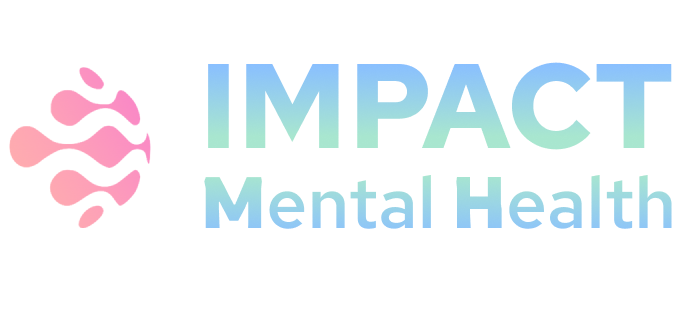Project Leaders
Project Number
1U01MH136059-01
Awardee Organization
MASSACHUSETTS GENERAL HOSPITAL
Program Official
SARAH E. MORRIS
Project Description
Mental health among young adults represents a public health crisis, requiring more efficient and precise means of understanding illness trajectories in the general population. Such models could provide opportunities for early identification and intervention for mental illness during the period of adolescence to young adulthood, as youth navigate key psychosocial milestones and neuropsychiatric illness becomes entrenched. Work by the investigators and others has demonstrated the utility of electronic health records (EHR) for developing risk stratification models for psychiatric outcomes. Yet, the investigators and others have also shown that the diagnostic codes available in EHR are insufficient to reliably predict the evolution of psychopathology over time. As such, RFA MH-23-105 seeks strategies to augment EHR-based models to efficiently capture signatures that may improve clinical prediction. Among the broad range of potential measures, brief batteries that capture dimensional traits, including quantitative symptoms and cognition, are at the core of evidence- based, developmentally relevant psychopathology frameworks and are consistent with the consensus that clinical staging must be approached through a transdiagnostic lens. Variation in such traits is not well-captured by standard EHR data but represents an important aspect of neurodevelopment and its relationship to clinical and functional outcomes. This study proposes to integrate remotely-delivered cognitive tasks and brief symptom inventories to enhance prediction of prospective outcomes among transition age youth. Specifically, it will apply methods developed by the investigators to a cohort of N= 10,000 individuals age 18-20 identified from EHR in the Mass General Brigham Health Care system and assessed prospectively every 6 months for 2 years.
Aim 1. Identify, enroll, and retrospectively characterize 10,000 18-to-20 year-olds in the health systems of 2 large academic medical centers. We will extend coded clinical data with validated NLP methods to characterize dimensional psychiatric symptoms and cognitive functioning retrospectively for up to 10 years, using data censored 6 or 24 months prior to baseline to predict current status. H1. Models incorporating EHR + NLP measures that estimate psychiatric and cognitive features will achieve clinically and statistically significant superiority to models based on EHR data alone in predicting current psychiatric (diagnoses and treatment) status.
Aim 2. Collect enhanced phenotyping – i.e. neurocognitive and self-report psychiatric and psychosocial functioning data — on this cohort every 6 months, and apply both standard and novel interpretable machine learning methods to derive predictors of 180-day psychiatric outcomes. H2. Models incorporating enhanced measures, or jointly-observed phenotypes, will achieve clinically and statistically significant superiority in predicting psychiatric outcomes versus models with EHR data alone.
Aim 3. Apply interpretable machine learning methods to derive predictors of 24-month outcomes using EHR data alone and with enhanced phenotyping. H3. Models incorporating EHR+enhanced measures will be clinically and statistically superior to models incorporating EHR data alone in predicting 24-month outcomes.
Public Health Relevance Statement
This project aims to promote improved mental health outcomes for young adults by combining electronic health records with psychiatric and cognitive dimensional measures to predict risk for, and course of, psychopathology. It will enroll a group of 10,000 individuals, ages 18-20, who will complete the brief web-based battery every six months for two years. The artificial intelligence models developed from combining psychiatric and cognitive dimensions with health records will allow health systems to conduct earlier mental health screening and link interventions to illness phase in the young adults most likely to benefit from them.


